Author: Will Lovell
Developed as a more robust replacement for traditional Hallertauer hops, which are susceptible to verticillium wilt, Hersbrucker is a popular German variety lauded for imparting beer with a delicate balance of fruity, floral, and spicy characteristics. As such, and considering its lower alpha acid content, Hersbrucker is widely used in a variety of lager styles, though it’s been noted to work nicely in other styles as well.
 Alpha: 1.5 – 4%
Alpha: 1.5 – 4%
Beta: 2.5 – 6%
Cohumulone: 17 – 25% of alpha acids
Total Oil: 0.5 – 1 mL/100g
Myrcene: 15 – 30%
Humulene: 20 – 30%
Caryophyllene: 8 – 13%
Farnesene: 0.1 – 1%
Linalool: 0.5 – 1%
Geraniol: 2 – 5%
ß-Pinene: 0.1 – 0.4%
Parentage: German landrace variety
I love lager beer and, over the years, have brewed many using classic European hop varieties including Hersbrucker. While my experience with this hop has certainly been positive, I usually use it in combination with other varieties, so my understanding of what it does on its own is limited. Curious to learn more, I decided to have blind tasters evaluate a pale lager brewed using only Hersbrucker hops.
| MAKING THE BEER |
Starting with our standard Hop Chronicles Pale Lager recipe, I made small adjustments to the kettle hop additions to ensure an appropriate level of bitterness.
Hersbrucker Pale Lager
Recipe Details
| Batch Size | Boil Time | IBU | SRM | Est. OG | Est. FG | ABV |
|---|---|---|---|---|---|---|
| 5.5 gal | 60 min | 19.6 | 3.6 SRM | 1.049 | 1.011 | 4.99 % |
| Actuals | 1.049 | 1.011 | 4.99 % | |||
Fermentables
| Name | Amount | % |
|---|---|---|
| Llano Pilsner | 11 lbs | 100 |
Hops
| Name | Amount | Time | Use | Form | Alpha % |
|---|---|---|---|---|---|
| Hersbrucker | 28 g | 60 min | Boil | Pellet | 4.3 |
| Hersbrucker | 10 g | 30 min | Boil | Pellet | 4.3 |
| Hersbrucker | 10 g | 5 min | Boil | Pellet | 4.3 |
Yeast
| Name | Lab | Attenuation | Temperature |
|---|---|---|---|
| Global (L13) | Imperial Yeast | 77% | 46°F - 55.9°F |
Notes
| Water Profile Ca 60 | Mg 0| Na 0 | SO4 77 | Cl 50 |
Download
| Download this recipe's BeerXML file |
The night prior to brewing, I collected the full volume of RO water in my Delta Brewing AIO System, adjusted it to my desired profile, then weighed out and milled the TexMalt Llano Pilsner malt.
When the water was properly heated the next morning, I incorporated the grains then checked to ensure the mash was at my desired temperature.
During the mash rest, I prepared the kettle hop additions.
Once the 60 minute mash was complete, I removed the grains and proceeded to boil for 60 minutes, adding hops at the times stated in the recipe.
When the boil was complete, I quickly chilled the wort then transferred it to a sanitized Kegmenter.
A refractometer reading showed the wort was at my target OG.
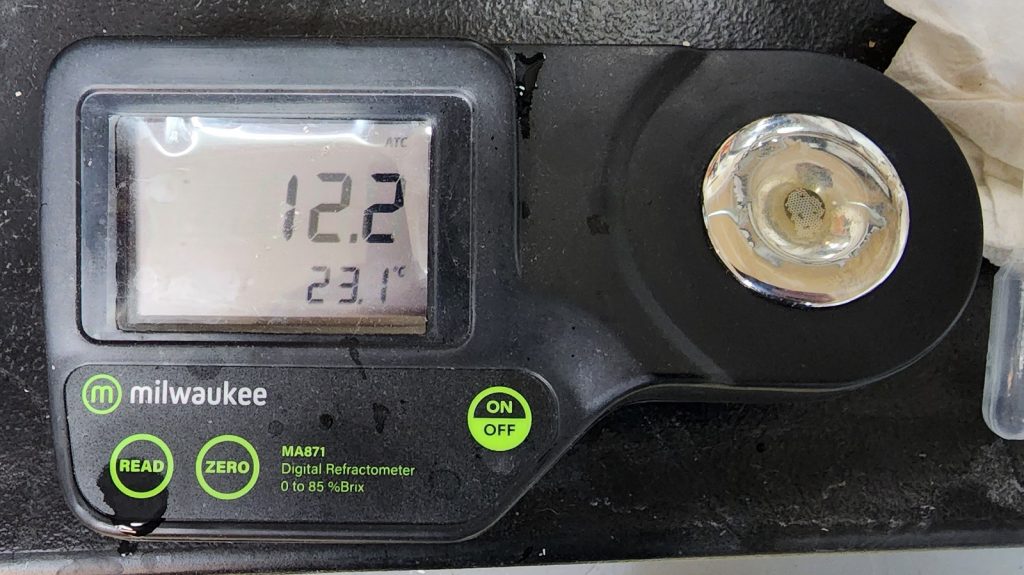
After transferring the wort to a sanitized fermented, I direct pitched a single pouch of Imperial Yeast L13 Global.
The beer was left to ferment at 64°F/17°C for a week before I took a hydrometer measurement confirming FG was reached.
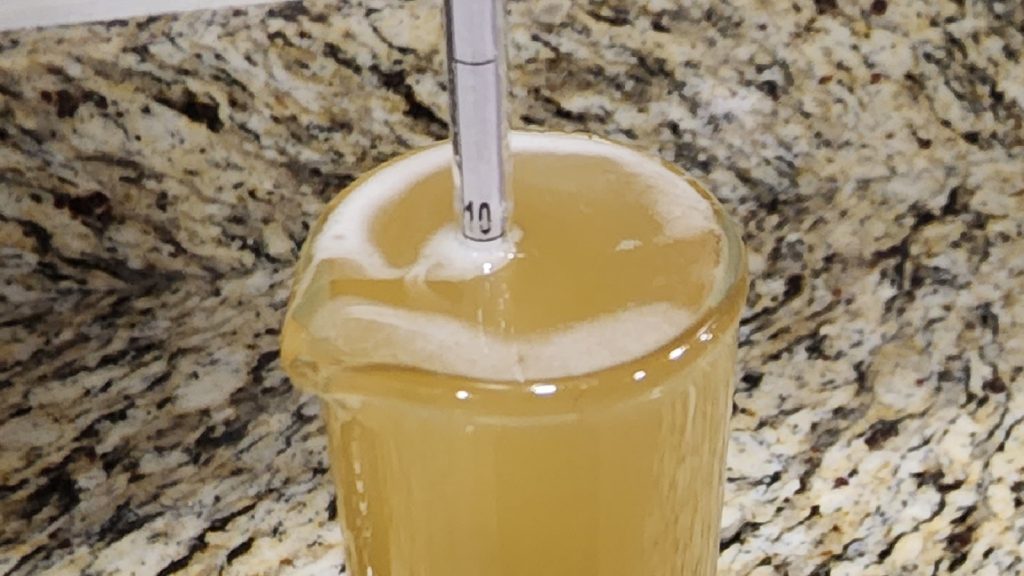
With fermentation complete, I cold crashed the beer then pressure-transferred it to a CO2 purged keg, which was placed in my kegerator and burst carbonated overnight before the gas was reduced to serving pressure. After a couple weeks of conditioning, it was ready to serve to blind tasters.
| METHOD |
Participants were instructed to focus only on the aromatic qualities of the beer before evaluating the flavor. For each aroma and flavor descriptor, tasters were asked to write-in the perceived strength of that particular characteristic on a 0-9 scale where a rating of 0 meant they did not perceive the character at all and a 9 rating meant the character was extremely strong. Once the data was collected, the average rating of each aroma and flavor descriptor was compiled and analyzed.
| RESULTS |
A total of 25 people participated in the evaluation of this beer, all blind to the hop variety used until after they completed the survey. The average aroma and flavor ratings for each descriptor were plotted on a radar graph.
Average Ratings of Aroma and Flavor Perceptions
The 3 characteristics endorsed as being most prominent by participants:
| Aroma | Flavor |
| Citrus | Citrus |
| Apple/Pear | Apple/Pear |
| Tropical Fruit | Earthy/Woody |
The 3 characteristics endorsed as being least prominent by participants:
| Aroma | Flavor |
| Onion/Garlic | Onion/Garlic |
| Dank/Catty | Berry + Dank/Catty (tie) |
| Spicy/Herbal | Melon + Pine (tie) |
Next, participants were asked to rate the pungency/strength of the hop.
Tasters were then instructed to identify beer styles they thought the hop would work well in.
Finally, participants were asked to rate how much they enjoyed the hop character on a 1 to 10 scale.
My Impressions: While this beer had what I perceive to as classic noble hop character, considering the purpose of this batch, I was far more focused during my evaluation. I definitely perceived a well balanced blend of fruity, spicy, and floral, which aligns with existing descriptions of Hersbrucker, but the note that stuck out most was a non-descript citrus, which I found very enjoyable!
| CONCLUSION |
Considering the popularity it gained in the 70s and 80s, Hersbrucker was arguably a solid replacement for the traditional Hallertauer variety, making its way into many well regarded beers of the time. Known for contributing a pleasant blend of fruity, floral, and spicy notes to beer while having minimal bittering potential, Hersbrucker was shoe-in for more delicate lagers as well as less in-your-face ales.
The most prominent aroma and flavor characteristics noted by people who evaluated a pale lager made solely with Hersbrucker were citrus and apple/pear, while onion/garlic, dank/catty, and berry berry were the least endorsed characteristics. Tasters didn’t seem to detect much spicy/herbal aroma in this beer, which goes against existing descriptors. Seeing as a majority of tasters rated the hop pungency of this Hersbrucker pale lager as being mild, it makes sense that the style most felt it would work well in is pale lager.
I typically prefer to use more than one hop variety in the beers I brew, as I feel it gives more complexity. However, I thought this single-hop Hersbrucker pale lager was fantastic! I agree that the overall hop pungency was mild, which is to be expected in a pale lager, but the way the citrus notes melded with the slightly lower floral and spicy characteristics really made for an enjoyable drinker. This is a beer I could easily see myself brewing again in the future just as it was, and I’ll definitely be keeping some Hersbrucker in my brewery inventory.
Hersbrucker hops are available now at Yakima Valley Hops, get some while you can! If you have any thoughts on this variety, please feel free to share them in the comments section below.
Support Brülosophy In Style!
All designs are available in various colors and sizes on Amazon!
Follow Brülosophy on:
FACEBOOK | TWITTER | INSTAGRAM
If you enjoy this stuff and feel compelled to support Brulosophy.com, please check out the Support page for details on how you can very easily do so. Thanks!



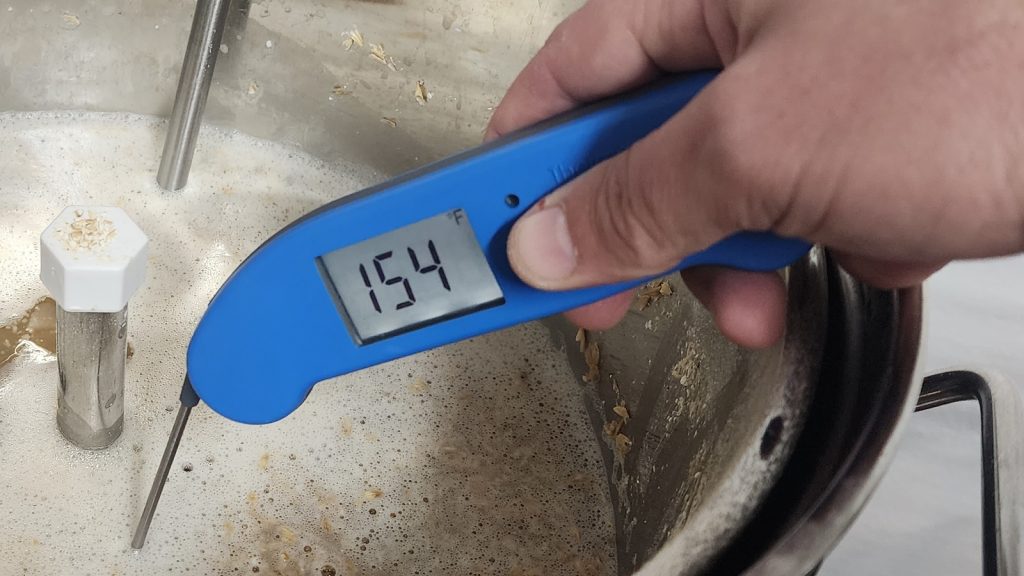
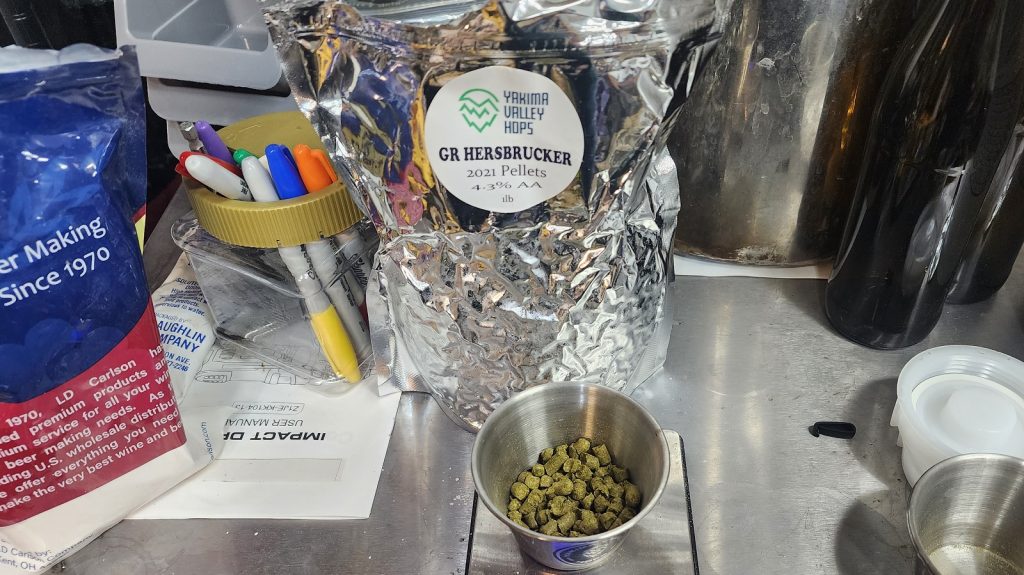

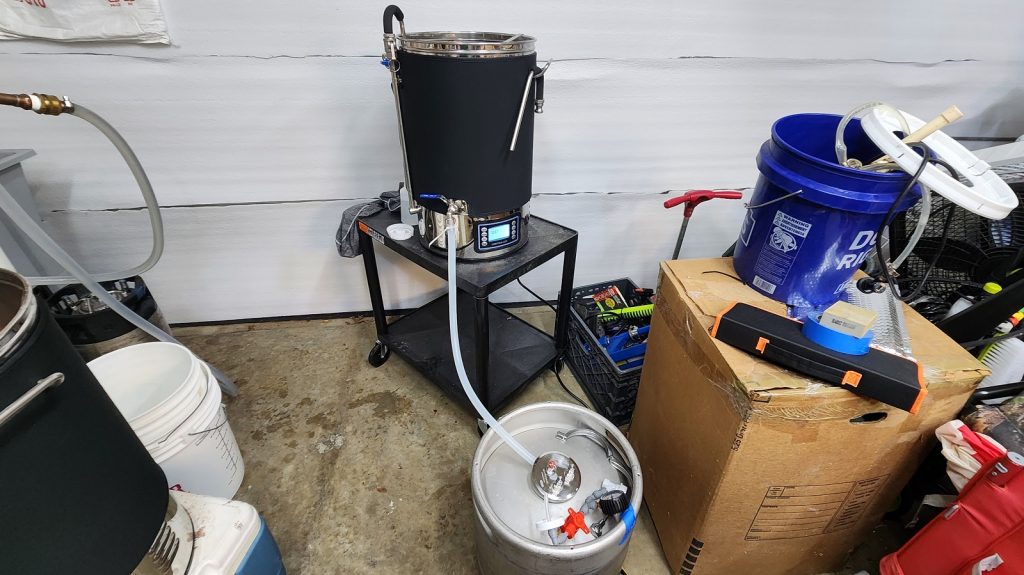
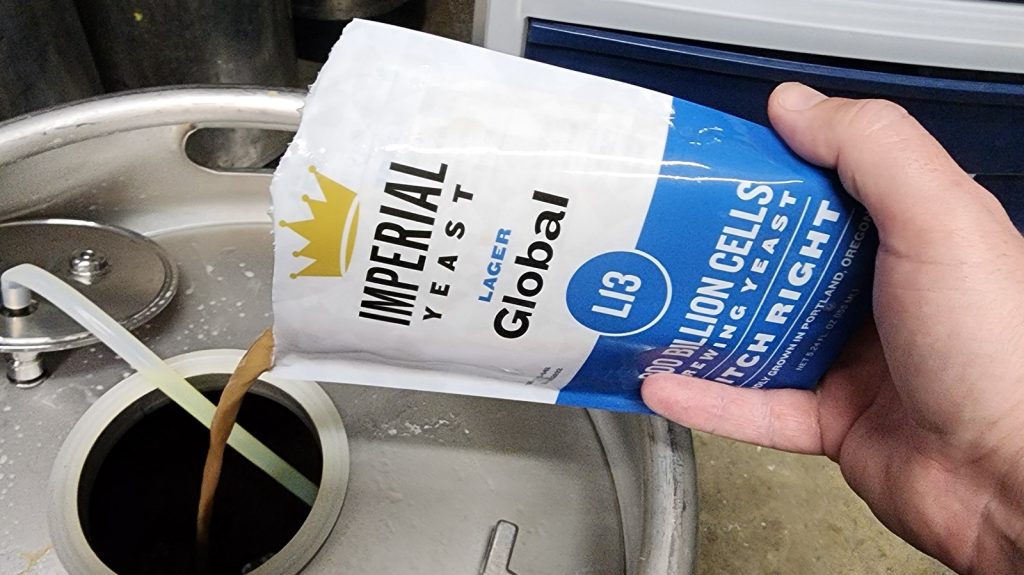
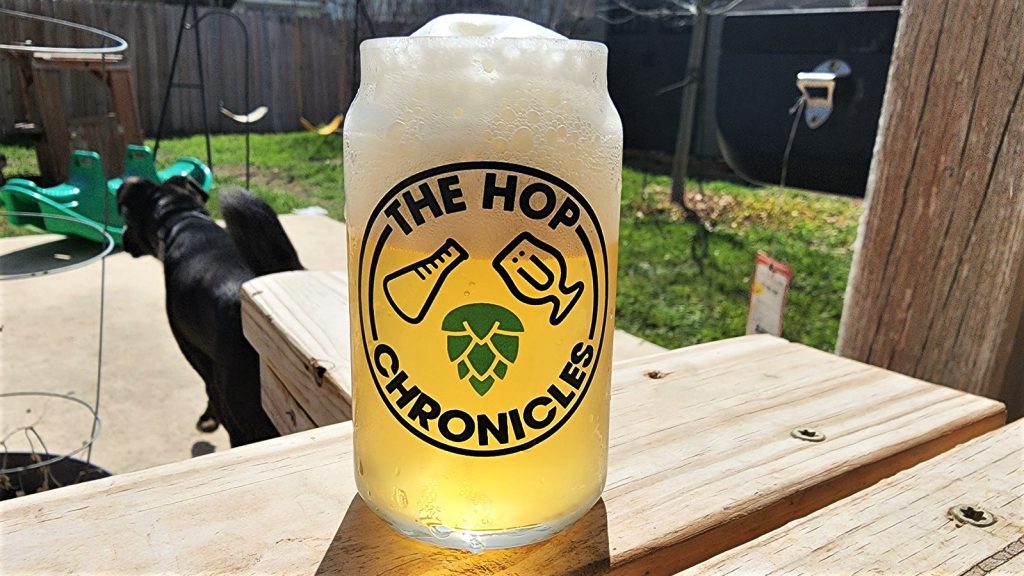

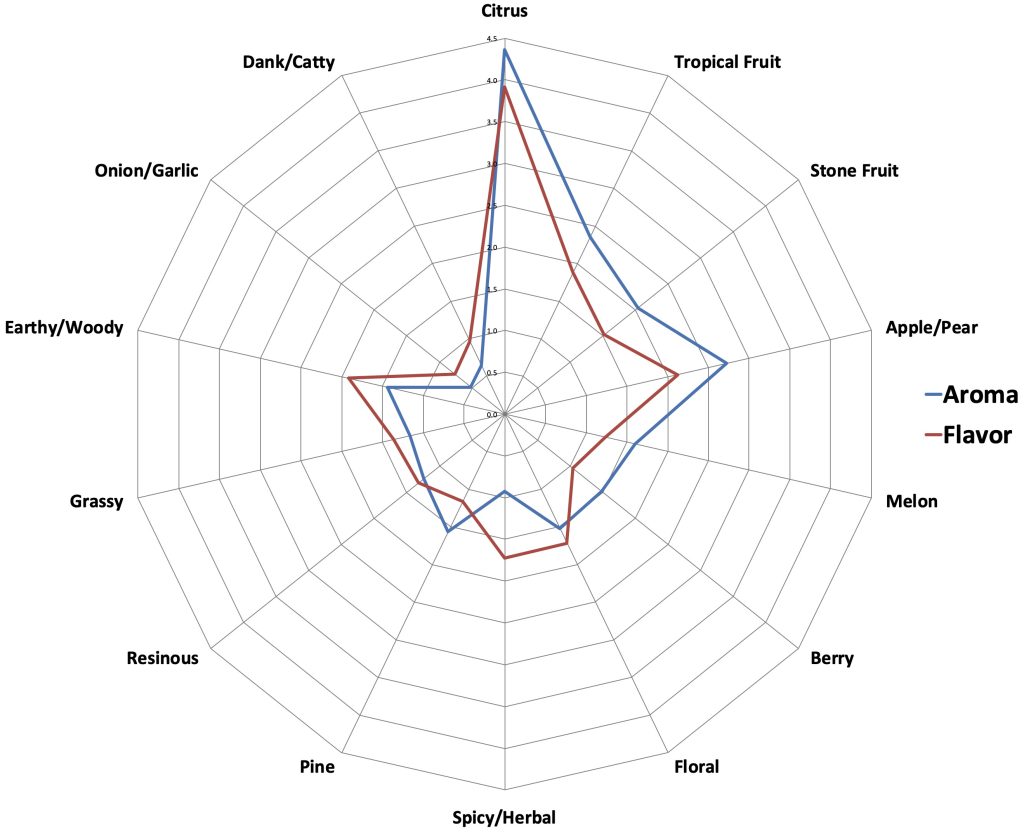
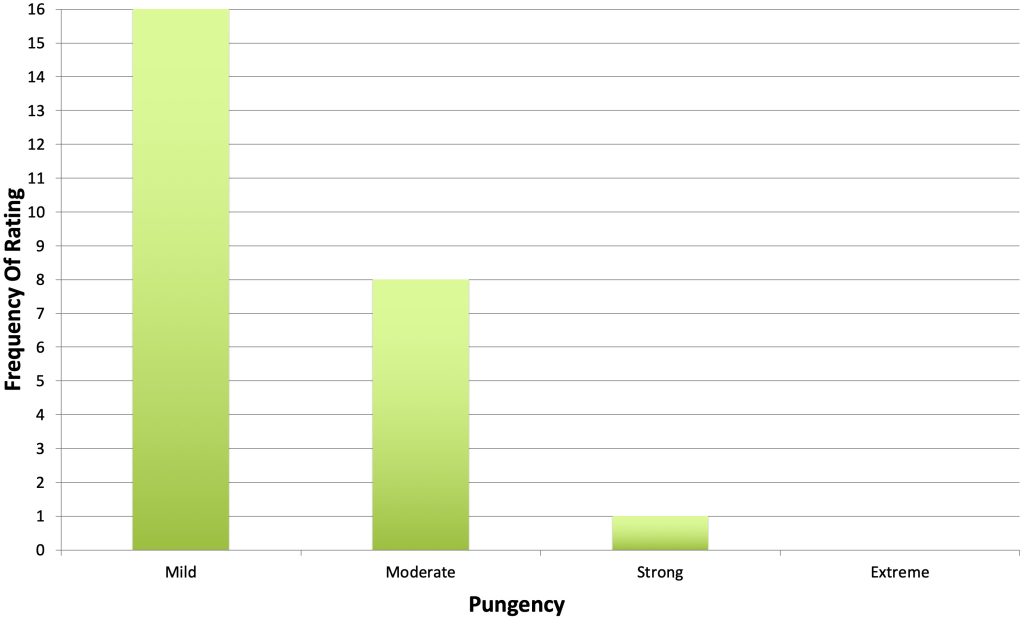
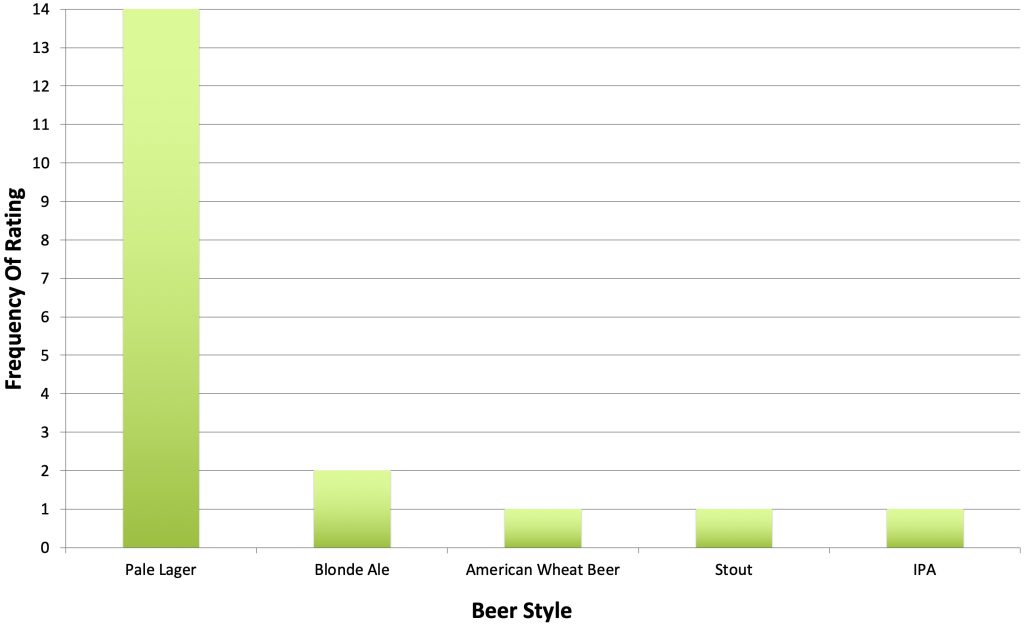
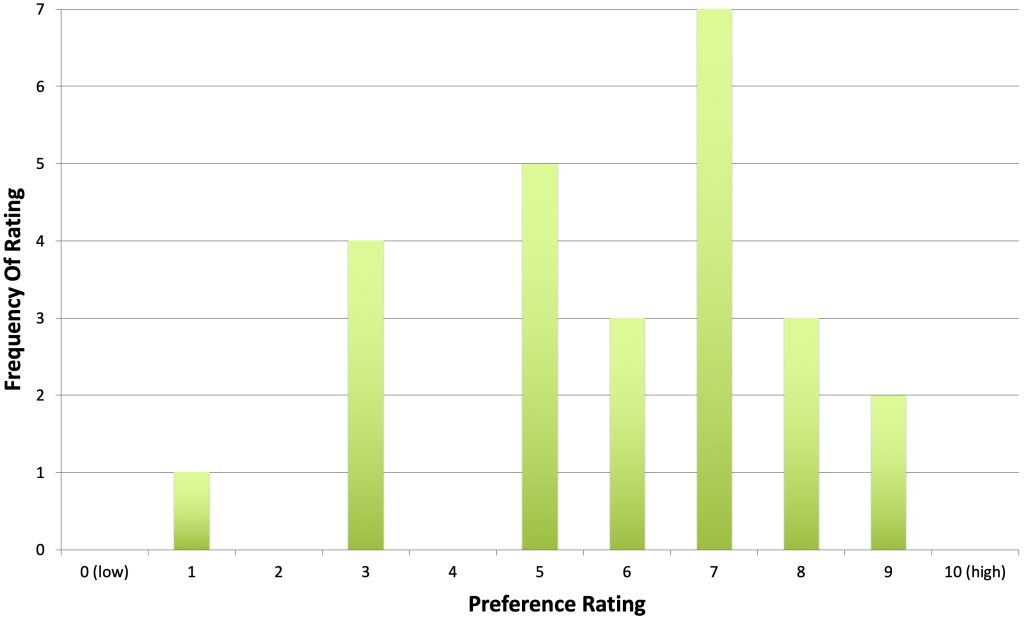











4 thoughts on “The Hop Chronicles | Hersbrucker (2021) Pale Lager”
Interesting; thanks. I brew approximately 70% lagers and have never chosen Hersbrucker before, so appreciate your evaluation.
Do the participants know what style they are tasting? I always find it a bit unusual that a hop that rates highest for Citrus and other fruit flavors is rated best for a pale lager, unless the participants know they are tasting a pale lager. Then the question is more along the lines of “does it work in this beer’s style?”, which makes more sense to me why you’d get that result.
I feel like the point of the Hop Chronicles is lost by not having the beer recipe be a control
There are two series for The Hop Chronicles, a Pale Ale and a Pale Lager.
For both, we do try to keep the recipes generally the same. For the Pale Lager series, it was started less than a year ago, and while a few tweaks have been made to it over time, it is still a very simple single malt and single hop beer made with Imperial Global.